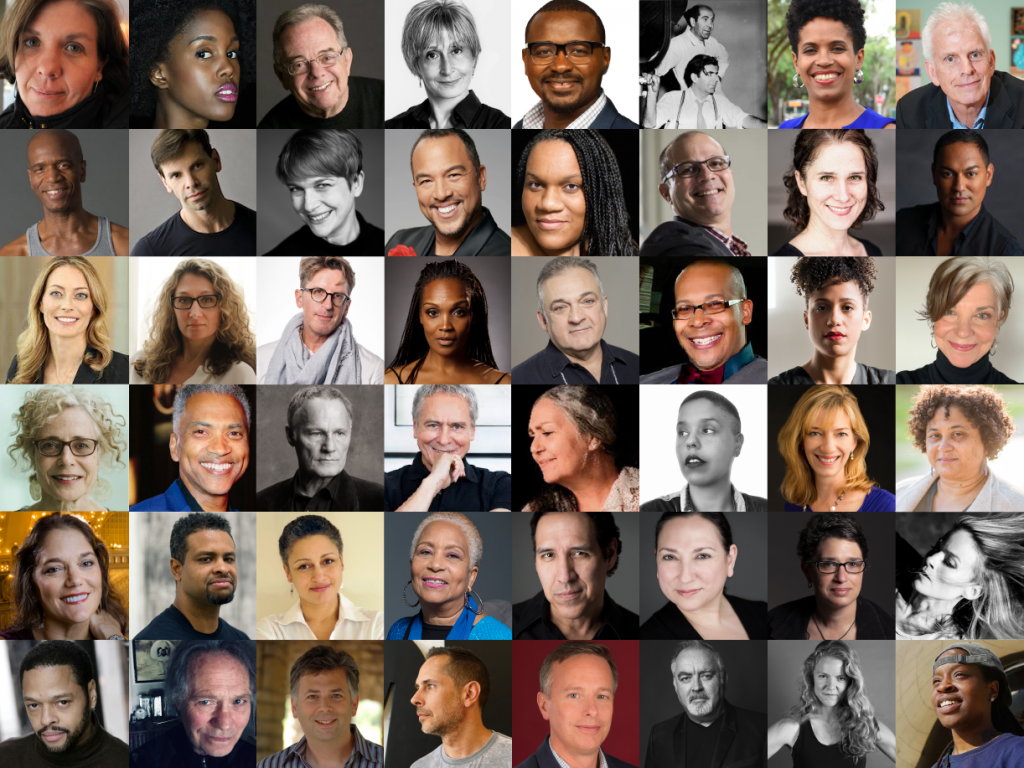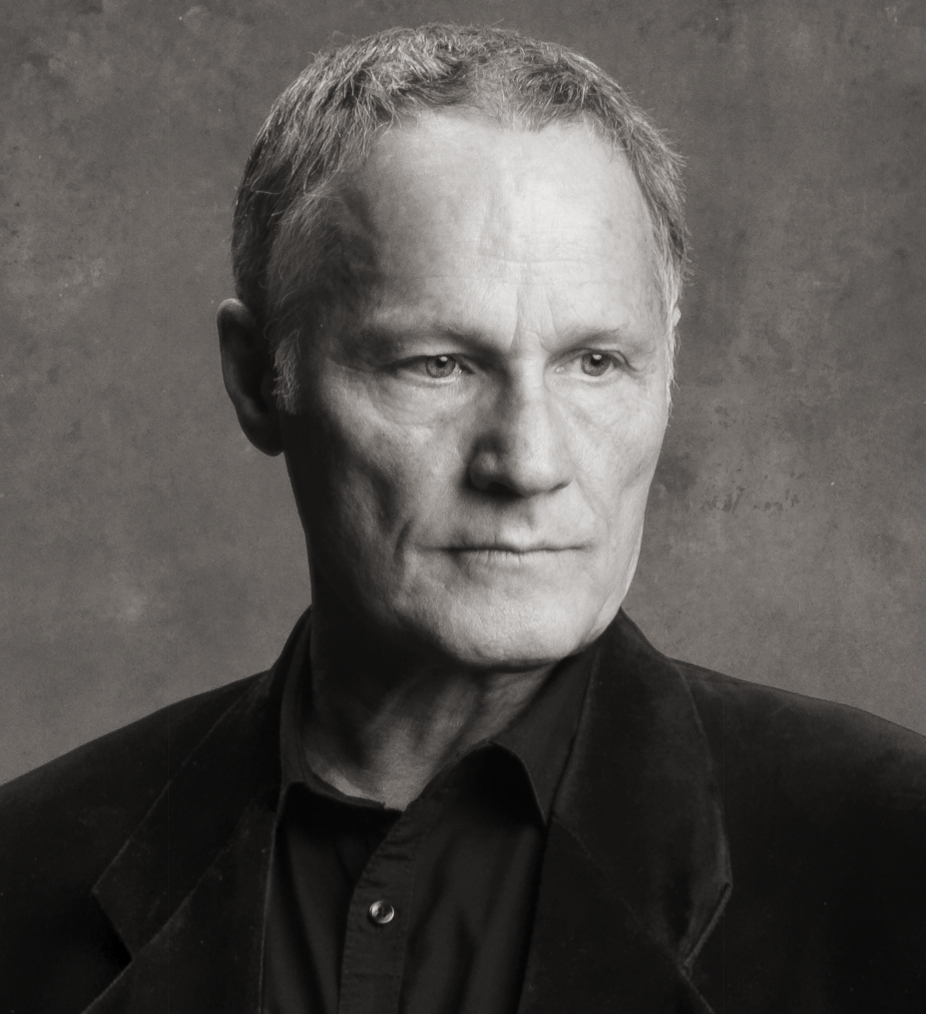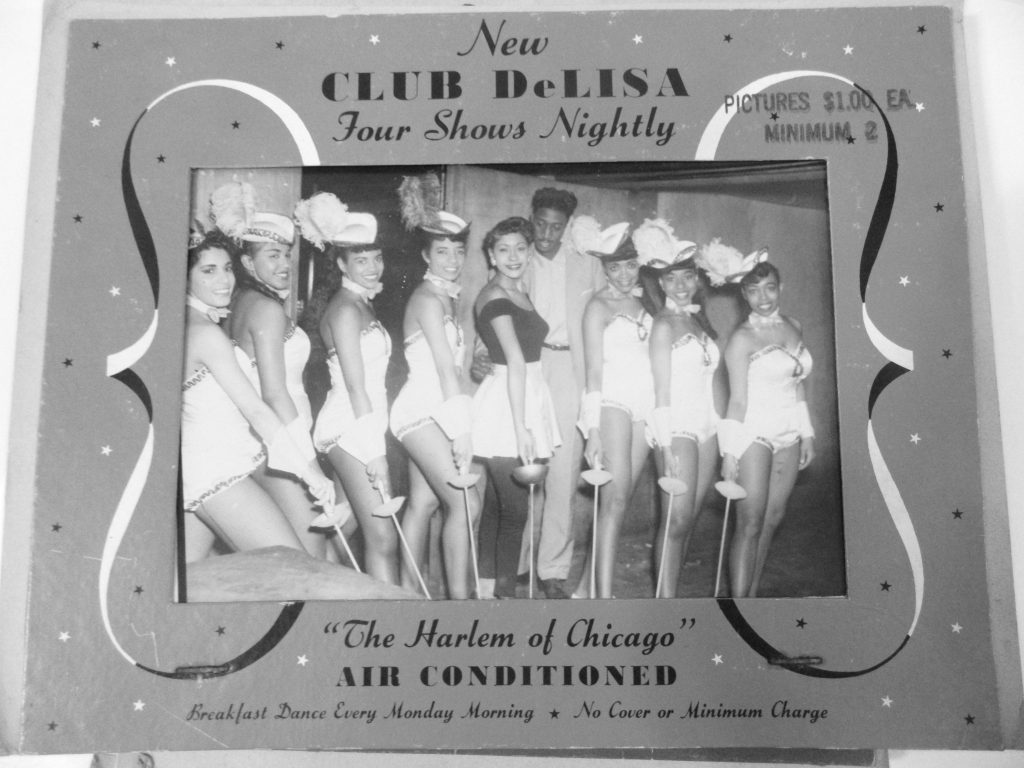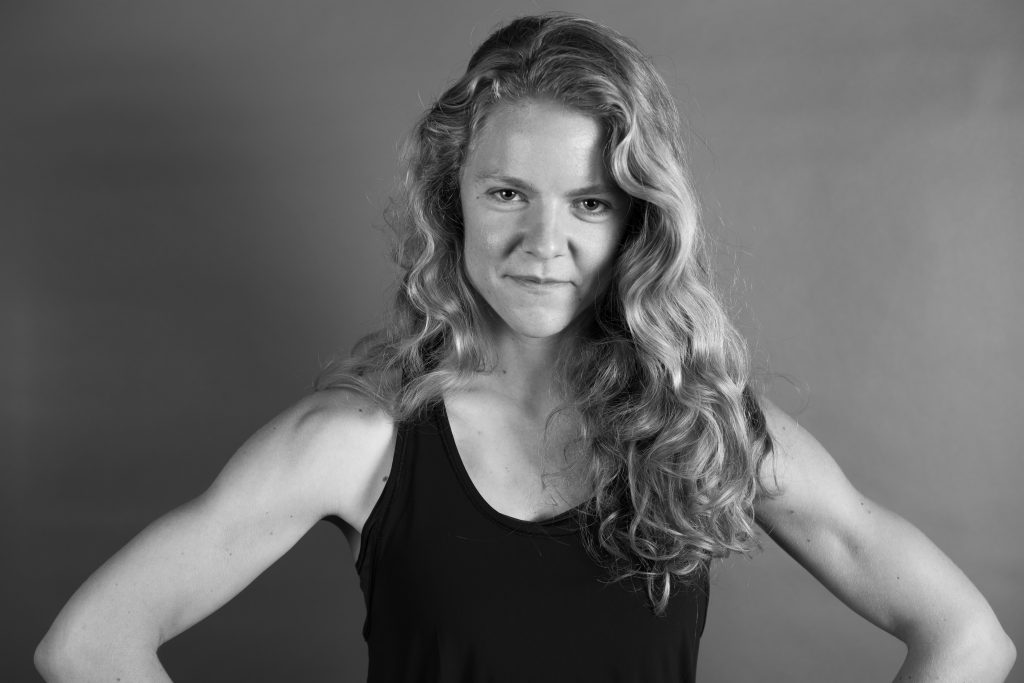
Despite being born and raised in the country’s second largest city, Lar Lubovitch, one of Chicago’s most esteemed dancer/choreographers, grew up in a desert. “Growing up in Chicago, there was no dance culture in the city at all,” he confided recently as he talked to Jenai Cutcher, Chicago Dance History Project’s (CDHP) Executive/Artistic Director. He would have been in grade school in the early 1950’s and post-war Chicago would have been a very different place than it is today. Lubovitch, who would go on to study at Juilliard, enjoy a glowing dance career and found his own internationally respected dance company, remained a Chicago boy at heart who always wanted to “enhance the presence of dance” in his hometown. He would go on to co-found the city’s beloved Chicago Dancing Festival. Last Sunday afternoon’s 7-hour Interview Marathon, sponsored by CDHP and hosted by Ms. Cutcher, was a paean to how far Chicago dance has come. It also took a deep dive into showcasing the people, like Mr. Lubovitch, who helped and are still helping to sustain and grow this extraordinary art form based on movement.

As intimidating as a 7-hour marathon may sound, it’s reality, in this context; felt more like a relaxed and warm celebration of growth, development and triumph. Raucous? No. But certainly animated and sparkling. If a Chicago dance culture didn’t exist 70 years ago, it’s a thriving and mature doyen today that’s still expanding, adapting and reflecting the city and the times. Sunday’s talk fest was a seat at the table as the foremost architects and practitioners of dance shared details of their lives at the heart of this ancient form of creative expression.
Designers of the event were meticulous. The marathon kicks off the organization’s fifth anniversary and although it may have been ambitious, it was also exquisitely sleek and had the tailoring of an ace couturier. With the wealth of insights they all so willingly shared, even a casual admirer of dance would find each of the 40 plus interviewees captivating. Individually and as a collective, they often, quite unconsciously, helped you realize how indispensable dance is to the human spirit. How dance, as a form of creative release, can be that one thing that makes us complete. When Mr. Lubovitch lamented the absence of a dance culture in the Chicago of his youth, you sensed he could have just as easily have said, “There was no air to breathe in Chicago of the 50’s and 60’s.” Even for those who only enjoy it from the vantage point of a seat in a performance hall, dance can be a crucial component to life’s fulfillment.

It also seems to produce unusually engaging people. People like Paige Fraser, a Bronx native with an active NY dance career who took a leap of faith and came to Chicago in 2013 to help build Visceral Dance Chicago. With spirit that would melt a Geiger counter, her personal story gave evidence to the depth, complexity and reach of the dance world and how connected dance communities around the country and globe are.
There’s also much more “passing of the baton” than many on the outskirts of dance may realize. As Eduardo Vilaro, who heads Ballet Hispanico and founded Chicago’s much missed Luna Negra Dance Theater declared, “Dance is a passed down art form.” In many cases, who you admire and who you learn from during crucial episodes of your training and development greatly influence a dancer’s identity. That influence often extends beyond one’s dance performance life and continues should a dancer go on to choreograph or teach. Examples are legion and the leadership evolution of Giordano Dance Chicago could well be considered representative. Royalty in the pantheon of Chicago dance, the company’s “regal neck” and distinctive torso style are unmistakable. Created by its founder, Gus Giordano, they’ve been trademarks of the company’s jazz dance identity since 1963. A decade ago, dancer Cesar Salinas epitomized the Giordano technique and was often featured in solo performance. Today, he continues with the company where he teaches from the vantage point of a master and helps preserve the Giordano dance approach in his leadership role as Artistic Program Manager.

Tap dancer/choreographer Ted Levy’s legacy in the dance culture is much closer to home. Along with his self-proclaimed beautiful pair of legs, he also inherited his Mom’s love of rhythm driven movement. She was a dancer at the famed Club De Lisa on Chicago’s south side, once one of the most prestigious night clubs in the city. A dazzling chronicler of his personal journey through Chicago’s tap heritage, Mr. Levy was one of the first to shed a bright light onto the enormous impact choreographer Sammy Dyer had on tap and other arts disciplines across the city’s South Side in the 40s, 50s and 60s. Dyer’s influence extended well beyond Balboa Ave. and persists today as Mr. Levy and his many colleagues play it forward by passing what they’ve learned on down the line.
It may be only through projects like CDHP’s Interview Marathon that you can get a sense of the true scope of dance in the city. Percussive dance, like contemporary, modern, jazz and ballet; can vary greatly and is infinitely more malleable, stylistically flexible and artistically versatile than you’d imagine. It’s important that dance “matter as art, not just entertainment”, declared Chelsea Hoy of Trinity Irish Dance Company. It’s that belief that makes all of dance so open and curious. Companies like Lucky Plush have been known to incorporate dialog into its creative output. Others like Murda Mommy’s Chicago Footwork can draw a straight line showing how their dance style has direct links to House culture and House music.

We all know the demands dancers can and do place on their bodies to practice their craft. But choreographer Twyla Tharp talked a little about the psychological drive and determination it takes to do what you know you were meant to do. “It’s about dancing for people.”, Tharp stated. For that you’ll practice all day at the height of summer in a room that’s not air-conditioned right next to the El for no money. That “can do, will do” grit might help explain the extreme camaraderie the Chicago dance community is known for. A kinship born of a common calling.
Fortunately, dance is also a calling with many collaborators and allies. This year the Maurice Seymour Award for Vision and Service was especially created to recognize Scott Silberstein and his many substantial contributions to Chicago dance. Co-founder of HMS Media, Mr. Silberstein has proven to be a reliable and vital asset to the dance community specifically and, more broadly, the arts. The presentation was made during the marathon.
For more information about Chicago Dance History Project’s Interview Marathon, visit: https://www.chicagodancehistory.org/